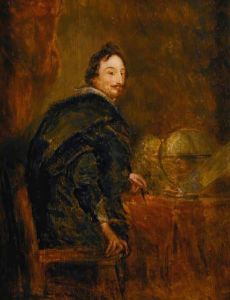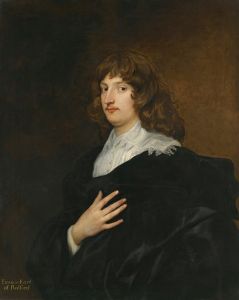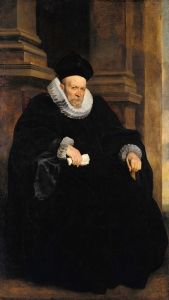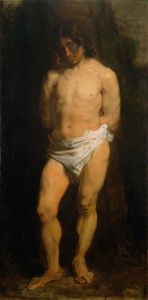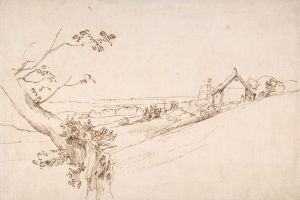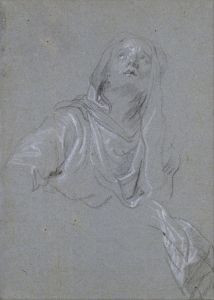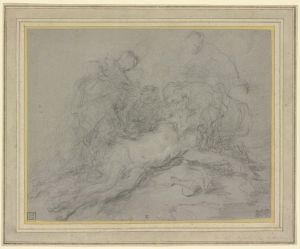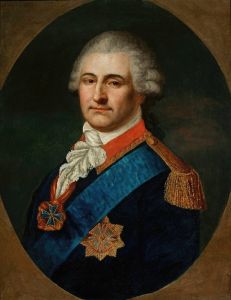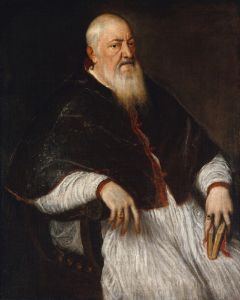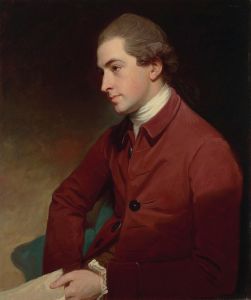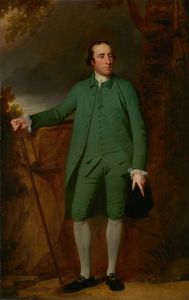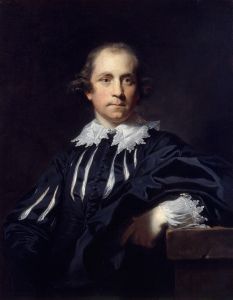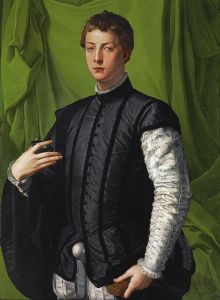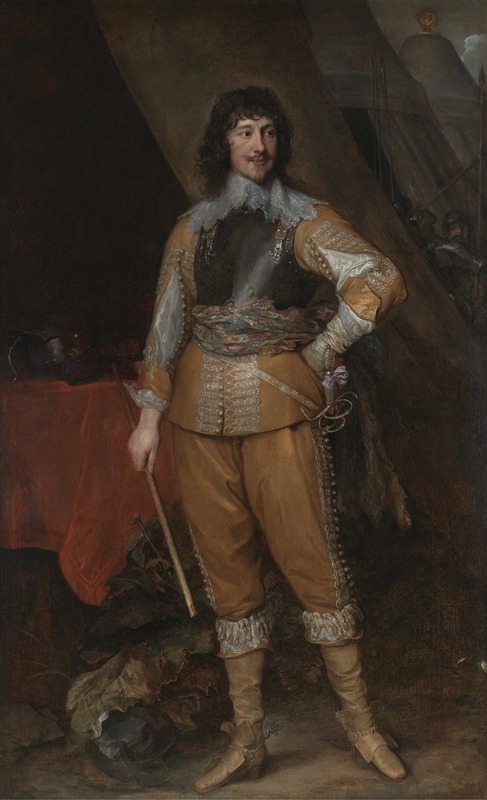
Mountjoy Blount, Earl of Newport
A hand-painted replica of Anthony van Dyck’s masterpiece Mountjoy Blount, Earl of Newport, meticulously crafted by professional artists to capture the true essence of the original. Each piece is created with museum-quality canvas and rare mineral pigments, carefully painted by experienced artists with delicate brushstrokes and rich, layered colors to perfectly recreate the texture of the original artwork. Unlike machine-printed reproductions, this hand-painted version brings the painting to life, infused with the artist’s emotions and skill in every stroke. Whether for personal collection or home decoration, it instantly elevates the artistic atmosphere of any space.
Mountjoy Blount, Earl of Newport by Anthony van Dyck is a portrait painted by the renowned Flemish Baroque artist Sir Anthony van Dyck. The painting depicts Mountjoy Blount, 1st Earl of Newport (c. 1597–1666), an English nobleman, soldier, and courtier who served under King Charles I during a turbulent period in English history. Van Dyck, celebrated for his skill in portraiture, was the principal court painter to Charles I and is known for his ability to capture the elegance and status of his sitters.
The portrait is believed to have been created during Van Dyck's tenure in England, which began in 1632 when he was appointed "Principal Painter in Ordinary" to the king. Van Dyck's portraits often emphasized the nobility and refinement of his subjects, and this work is no exception. Mountjoy Blount is depicted in a manner that reflects his aristocratic status and his role within the royal court. The composition, typical of Van Dyck's style, likely features rich textures, detailed clothing, and a dignified pose, all hallmarks of the artist's approach to portraying members of the English nobility.
Mountjoy Blount was a prominent figure in the court of Charles I and held several important positions, including Master of the Ordnance. He was also involved in military campaigns during the English Civil War, aligning himself with the Royalist cause. His loyalty to the king and his contributions to the Royalist efforts are significant aspects of his historical legacy.
As with many of Van Dyck's works, the painting would have served not only as a personal likeness but also as a statement of the sitter's social standing and allegiance. Van Dyck's portraits were highly sought after by the English aristocracy, and his ability to convey both the individuality and the grandeur of his subjects solidified his reputation as one of the leading portrait painters of his time.
The current location of the painting is not specified in this context, but many of Van Dyck's works are housed in major art collections and museums worldwide. His portraits remain highly regarded for their artistic quality and their historical significance, offering insight into the personalities and politics of 17th-century England.
This painting is an example of Van Dyck's mastery in combining artistic skill with the representation of power and prestige, making it a valuable piece of both art history and English heritage.






